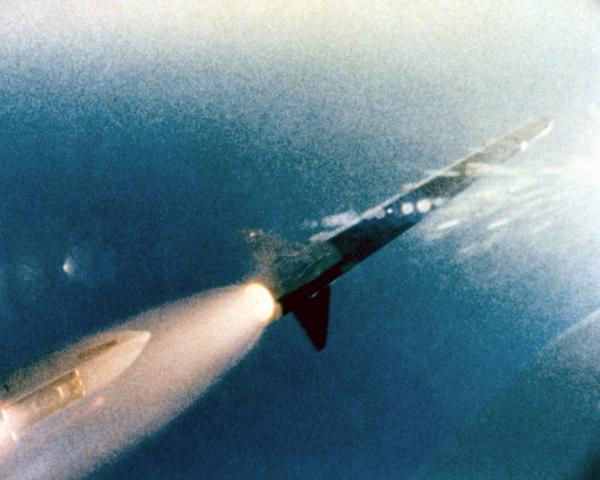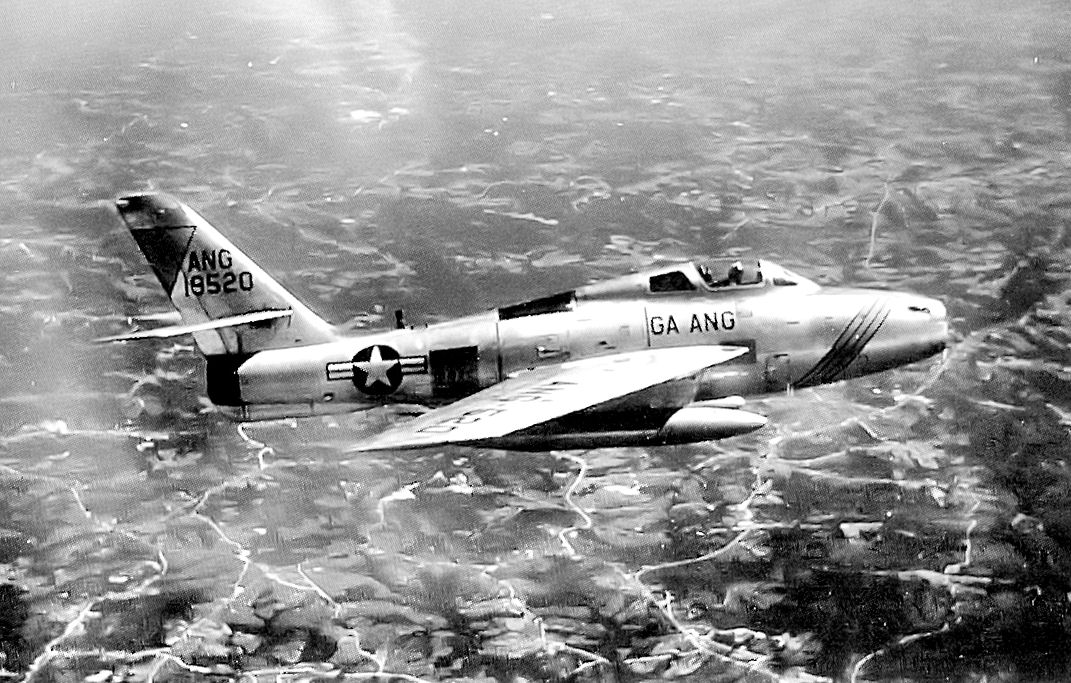

But to speak specifically to the loft profile, the missile is massive obviously so it needs to get into the thinnest air possible as fast as possible. The AIM-54 will not (or rather should not) loft if fired within 21NM of the target. So its best to try and force TWS Auto as early as possible to keep that problem from happening. A recent former Tomcat pilot said that he had a ROT of half range+5 miles was active range for the AIM-54, so you can expect a 40NM shot go active at 20+5=25NM if you crank appropriately.Īlso, there is a persistent issue where if you are launching from TWS Manual, when the TWS auto kicks in from launch it borks the track and I still don't know why other than just a blatant problem with the coding of the AWG-9. So you can expect a 40NM to take 80 seconds to intercept the target as a bare minimum. A rule of thumb is that it takes a missile 2 seconds to close 1NM with a hot aspect target. This should help you stay further out of range of an opponents possible shot range. You need to also add a descent element to your crank, simply putting the target off the nose horizontally is not enough, you need to drop altitude especially if you're shooting from the altitudes you say you are. This all being said though: DCS missiles suck.

These are just basic numbers to give people an understanding of its capability. Just because Wikipedia or aircrews say it "can" hit mach 5 does not mean it "does" hit mach 5 routinely. And to beat a dead horse, the AIM-54 is a 1960s missile. People's standards for missile capability have been thrown for a loop because they hear about 100NM phoenix test shots, and watch GS throw AIM-120s at 60NM on his videos. Everyone wants to have their first pass get a kill, and when the missile misses they get upset when it really shouldn't even be an expectation to get a kill with a missile outside of whatever that missiles No-Escape-Zone is.
#AIM 120 SERNO ON JF 17 HOW TO#
I definitely believe things can be improved overall with the missile and its performance, but I mainly believe there is a very, very poor understanding of things such "pK" and how to think about missile shots. They know exactly when and where those incoming missiles are, and they will defend them automatically at whatever ED has decided as the magical cut-off point for defense. While the AIM-54 is not the OP insta-kill missile it was a year or so ago, keep in mind that using shots against AI is not a very good metric overall because they are omniscient. In singleplayer, the controls function perfectly fine, but in multiplayer the specified keys are disabled without a modifier and this is the case on ALL multiplayer servers I have flown on from GS to TBF to private servers modded and vanilla.

The most interesting thing is that these problems exist ONLY in multiplayer. I have to set a modifier key for them to work. This same problem persisted with the INSERT, DELETE, HOME, END, and PAGE UP/DOWN keys which I have bound to switch between radios, camera FOV and MLC filter settings. They would not work until I rebound them with ctrl as a modifier. I had gone on hiatus from RIOing back in April/May of 2022 and came back to it around June/August and what I instantly realized was that the keys I had bound on my numpad (buttons 1-6 specifically, 7-9 are just fine) were disabled.

I'm unsure when exactly this problem started, but it has to be a good 6 months at least from the time of me posting this.
#AIM 120 SERNO ON JF 17 MANUAL#
The manual loft gives it that extra range by allowing the missile to retain more energy since it doesn't have to maneuver as well as it being thrown higher in the air from the more aggressive lofting angle. It's a "medium" range missile, it needs the help. You should be manually lofting the AIM-120 at any range above 20NM anyways. Another example of this problem can be seen in the AIM-7MH and P variants' automatic loft. You can actually see this exact problem in Heatblur's AIM-54 loft where the auto-loft is so aggressive it actually hinders the missile's ability to accelerate in the early stages of flight. I believe that energy bleed from G is factored in the loft procedure, and will therefore reject a more aggressive auto-loft in favor of retaining more initial energy from the motor burn. This is because the missile would just bleed more energy in the initial lofting maneuver than it does already. Should it loft higher? I'm not entirely sure because I don't work at Raytheon, however, if the automatic loft was increased for non-manually lofted shots then you would not necessarily see an increase in performance. Just because you get the manually lofted missile to loft at a higher angle than the one shot at the horizon does not mean there is a problem with the lofting algorithm.


 0 kommentar(er)
0 kommentar(er)
